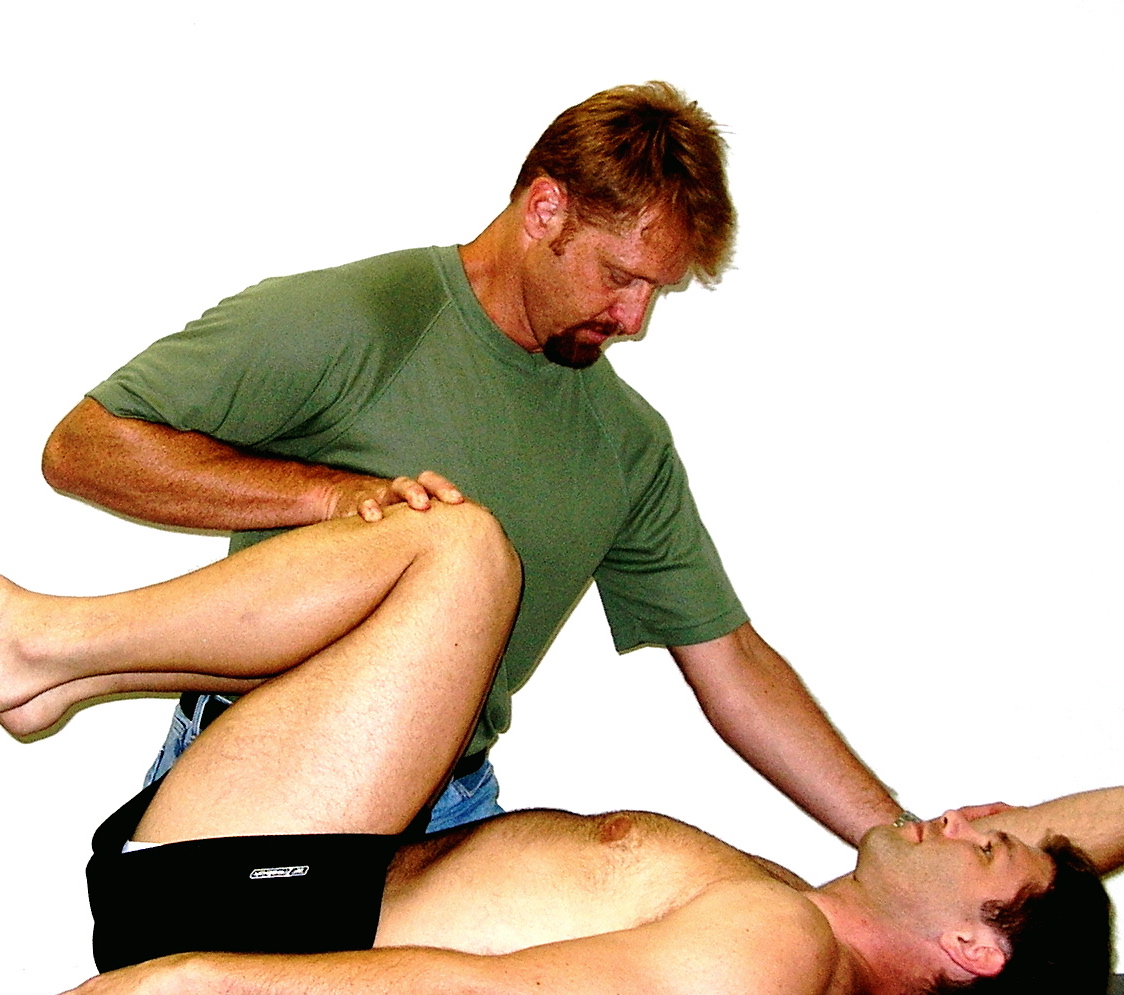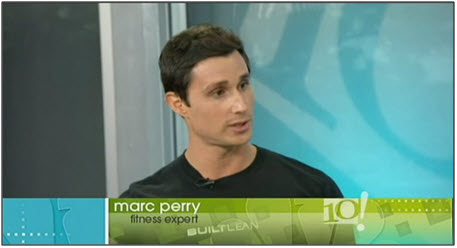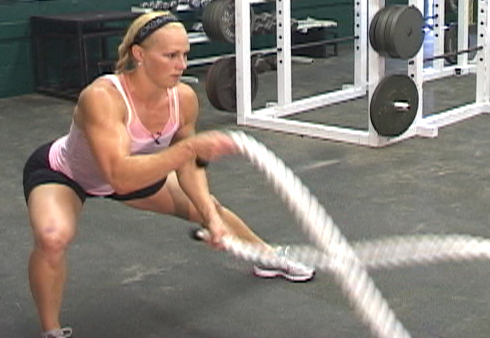Movement Principles
Written by Gray Cook FMS
There are common truths and principles that should be the building blocks of any philosophy, program or system that considers physical development or rehabilitation.
See if you agree with me on these statements...I believe strongly in them:
We cannot develop ourselves, or others, better than nature.

We can develop ourselves and others safer and faster than nature.
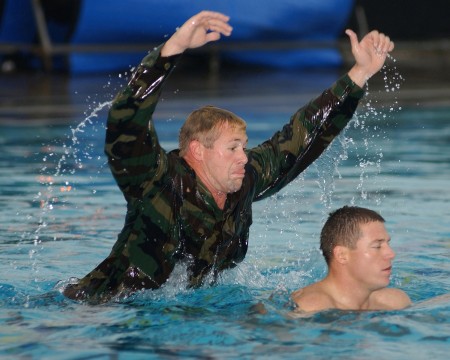
Proper progression is mastery of one level of development before proceeding to the next.

These aren’t the principles. These are the basic concepts of living within an environment; not taking more than is needed. I’ll borrow language from the environmentalist, Aldo Leopold, who said it succinctly and profoundly:
“A thing is right when it tends to preserve integrity, stability and beauty.
It is wrong when it tends otherwise.”
As we developed Functional Movement Systems, these truths were expressed through ten movement principles; detailed, multifaceted action points to guide movement observation, screening, assessment and treatment.
Oh yeah, and they were difficult for me to cleanly express and even harder for you to remember. As much as I believe all ten still apply (and keep reading . . . they do), I also knew that I could do better if I took it to the very root of Functional Movement Systems’ philosophy.
I realized that I had assembled a collection of movement maxims that point to a consistent theme. That theme needed to be clearly identified and ridiculously simple. As Einstein said, “Everything must be made as simple as possible, but no simpler.”
That philosophy can be distilled into three movement principles. They are simple, yet contain every aspect of physical development to better our understanding and guide our efforts:
Principle 1 states that we should first move well, then move often.
Seek a qualitative minimum before we worry about quantities. If moving well is the standard, moving often is the foreseeable outcome.
Principle 2 directs us to protect, correct, and develop the movement of those in our care.
Guided by the Hippocratic Oath, first do no harm and then progress in direction of independence and sustainability
Principle 3 tells us to create systems that enforce our philosophy.
Implement of standard operating procedures, practice intelligent selection, always matching the risk:challenge ratio to the growth and development desired.
If you believe in Principle 1, you honor it with Principle 2.
To take action on Principle 2, implement Principle 3.
These are simple statements, but they should force us to contemplate how we currently look at development.
I love Simon Sinek’s Start with Why, and finding a common why statement is the starting point for our discussions on movement. We can have diverse backgrounds and occupations; our commonality is found in our shared principles.
What we do and how we do it are always fairly easy to determine, but why is often lacking or even forgotten. “Why?” is the most important question, because its answer is our emotional connection to the professional actions that we take.
We’ve been working without a shared professional why for far too long, and that, in itself, is part of the current problem with movement health. Without a whystatement, we’ve been looking incorrectly at the very basics of movement.
The why statement behind all we do is in these three principles. Learn them, contemplate them, vet them and implement them. That done, we are well on the way to finding and developing solutions.
Movement Principle 1: First move well, then move often
Principle 1 tells us to move well, then move often. I firmly believe this is the life lesson that nature teaches us; I see it in animals and those people who are the physically and spiritually healthiest.
Principle 1 is our natural principle.
I hope that protecting this beautiful interplay between competency—moving well—and capacity—moving often, is why you go to work each day. It’s definitely what keeps me going.
We must protect it because, despite what many current fitness philosophies say, the principle does not work in reverse. It is not natural to build capacity on incompetence . . . at least, in nature, it usually doesn’t have a good outcome.

You may have noticed that we have incorporated the first principle into the FMS logo. The lack of punctuation after move often is not an oversight, but an insight. The period following move well means that we need a biomarker before progressing to capacity. The lack of a closing period symbolizes sustainability.
Moving well enables us to adapt. Here’s how: It gives us opportunities to develop. Moving often keeps us in contact with environment.
We should move well enough to respond and often enough to adapt. Moving well allows us to respond appropriately to environmental signals. It sets up the feedback that is vital for progressive movement learning. Moving often adds volume across time which allows our patterns and tissues to adapt.
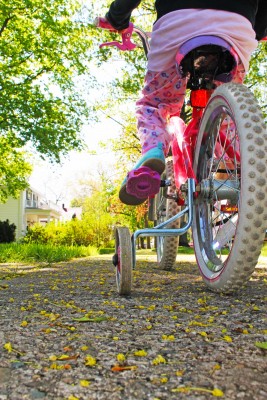 We need to see movement for what it is—the most distinguishable sign of life—a true vital sign. If we look at the developmental model, we are born with mobility and earn stability. We transition from fundamental tofunctional movements. Even the most highly developed running and climbing skills have roots in our primal patterns.
We need to see movement for what it is—the most distinguishable sign of life—a true vital sign. If we look at the developmental model, we are born with mobility and earn stability. We transition from fundamental tofunctional movements. Even the most highly developed running and climbing skills have roots in our primal patterns.
Understanding this amazing process is understanding that movement is driven through perception and behavior.
If we look at movement today, what do we see? The current outlook is a decline of fundamental movement patterns. We see a population that lacks quality in movements that should be a birthright.
We can look at the Kraus-Weber tests of 1954 in which 57.9% of American children failed a postural fitness test that only 8.7% of European children failed; or the United States’ need to continually reduce standards for military service for the past half-century.
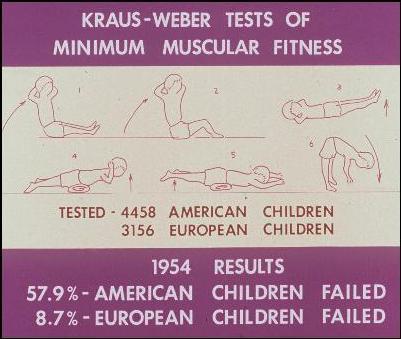
This decline is a sign that our environments are now adapted for comfort and convenience. We have stopped adapting to the environment and have instead decided to change the environment to fit our needs. For the most part, this hasn’t worked well for the environment...or for us.
Sure, there are fitness revolutions every few years and we’re trying to make schools healthier. But industry is currently pushing a fitness solution to a health problem, and the populace is usually glad to accept.
Food presents a great analogy to this situation; when we had a diet of whole, natural foods, we didn’t have to preface the word diet with healthy and we didn’t have to rely on supplements for our nutrients. Likewise, we should not have to add the word functional to movement.
Why would you do it if it wasn’t functional?
Whether through vitamins or un-focused exercise, supplementation is rarely the answer and it is surely not a sustainable solution.
Movement Principle 2: Protect, correct, and develop
If we lack fundamental movements, the path to fitness and health does not begin with supplementary exercise. That is the paradigm that puts quantity before quality—it attempts to build fitness on dysfunction—it focuses on parts. The first principle has somehow been reversed—people move often and hope that moving well will just happen. It won’t. And movement problems will only get worse when compounded by frequency.
The solution is simple—we need to quit lowering fitness standards. We can meet the old ones just fine if we raise movement standards. We also need to quit focusing on parts; reductionism, the breakdown of movement into isolated segments, has not reduced our musculoskeletal injuries nor has it made us healthier or more fit.
Patterns and sequences remain the preferred mode of operation in biological organisms, and that is where our focus is.
 Why does the first principle work? Why do we move? Because movement affords us opportunity. It is on the foundation of movement that development occurs through the SAID principle: Specific Adaptation to Imposed Demand.
Why does the first principle work? Why do we move? Because movement affords us opportunity. It is on the foundation of movement that development occurs through the SAID principle: Specific Adaptation to Imposed Demand.
Moving well before moving often—this order offers us the greatest exposure to opportunities and risk. Moving well before moving often also offers us the greatest adaptation to environment
Let’s pick back up and look at that word risk. It is not as scary as it sounds if we invoke our second principle: protection always precedes correction, which in turn, precedes development. If we go back to our common truths, we believe that nature’s ability to nurture strong and gracefully aging bodies cannot be bested, but we also understand that nature is not concerned about or even aware of your personal or specific development.
Nature is big and it can be harsh. Nature doesn’t stop to wait for your adaptation and development and sometimes the lessons it teaches are not survivable. The second principle requires us to develop a non-failure environment.

The SAID Principle should never be used as the sole excuse to lift more weight, run faster, climb farther, swim harder or fight bigger opponents. That thinking puts more before better.
This statement should not sound negative to you in any way. Our pursuits of success create large amounts of risk and failure. Better to focus on non-failure at each level, ensuring a stable base for each new ability.
Unfortunately, we see the success we want and don’t embrace the slow-growth, cultural approach that creates long term successful development. Nothing in motor science supports early specialization—but that is now the norm.
Protect from opportunities that do not promote productive feedback and/or impose risk.
Correct feedback by magnifying misread obstacles within the learning path.
Develop progressions with rich sensory experience and clear, robust feedback to foster independence and productive self-regulation.
You do not move to the next level of development until you are competent and independent at your current level—and can sustain it.
Principle 2 is our ethical principle, and we would rather injure your pride than your body.
Movement Principle 3: Create systems that enforce your philosophy
When discussing progressive levels of development, we believe that we can develop you faster and safer than nature. This belief guides us to Principle 3, directing us to create systems that enforce our philosophy.
Principle 3 is the practical principle.
Standard operating procedures and intelligent selection protect those who entrust their health and fitness to us.
But where should a system start? It should recognize that we cannot know anything without perspective—that we cannot progress without baselines. Earlier I mentioned movement as a vital sign of life, and along with blood pressure and body temperature and many others, it absolutely is.
Unlike that long list, we currently have no baseline for understanding movement as a vital sign.
If we can have a system that looks at fundamental movement patterns, we can create a baseline.
With that baseline, we can identify and demonstrate the fundamental movements that are missing, deficient or dysfunctional. If movement is below a vital sign or ability—that’s dysfunction; below an environmental standard—that’s deficiency (necessary, but not sufficient). We can communicate these states to colleagues and medical professionals in a common language that, in itself, will enforce responsibility and accountability.
With a common language and knowledge of the movement issues, we can help the individual regain these fundamentals. We can use those metrics to determine our protective, corrective and development strategies. We’ll have our version of the pre-flight checklist.

The FMS can be used on intake at fitness—to establish a baseline upon which to build fitness and identify health problems for proper medical referrals. The Functional Movement Screen can set a baseline upon discharge from rehabilitation: Is this individual heathy enough to move often? To develop?
Do you know the number one risk factor for injury? Yep, previous injury—too many individuals are cleared for activity before they are free from the vital signs that demonstrate lack of competency—resulting from poor adaptation, previous injury or poor environmental choices. Current systems are not working.
Related Resources
-
10 Things I Learned from Gray Cook
Posted by Marc Perry
-
Movement Principle # 9
Posted by Gray Cook
Please login to leave a comment
5 Comments
-

Eric Eisenhart 12/21/2015 3:21:38 PM
Really enjoyed this perspective, thanks for sharing
-

-

-

Amy Bullock, PT, DPT, ATC, Cert. DN, CF-L1 Trainer 1/4/2016 9:21:55 PM
Love this article! These principles can also be applied to our daily lives and the job setting. I agree that we need to stop lowering the standards in order to get by - we NEED a strong foundation in order to proceed to the next level. Thanks!
Dr. Amy
-

Brent Apgar 3/29/2016 2:02:23 PM
G-
I appreciate you refining your thought process on your functional movement philosophy. And especially the fact that you take the time to write it down or do podcasts for the rest of us.
Speaking for myself, it's been great to read/listen to your thoughts over the last couple of years on this topic. I get a slightly different perspective and learn a little more each time.
Please keep it up and the rest of us will eventually catch up.Brent Apgar D.C.

